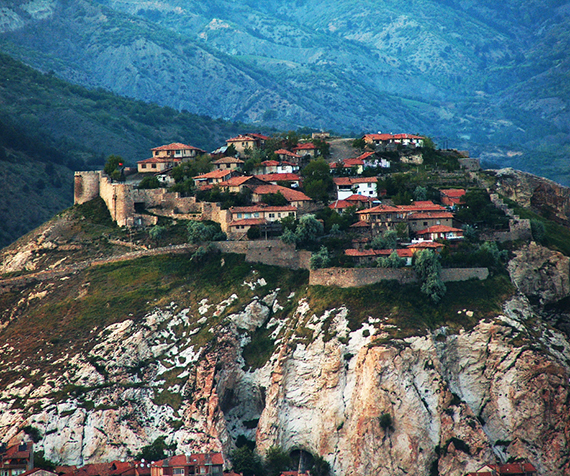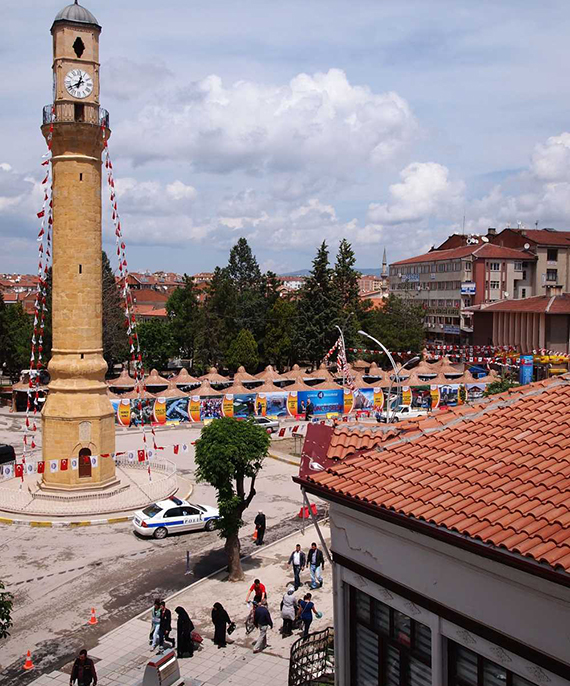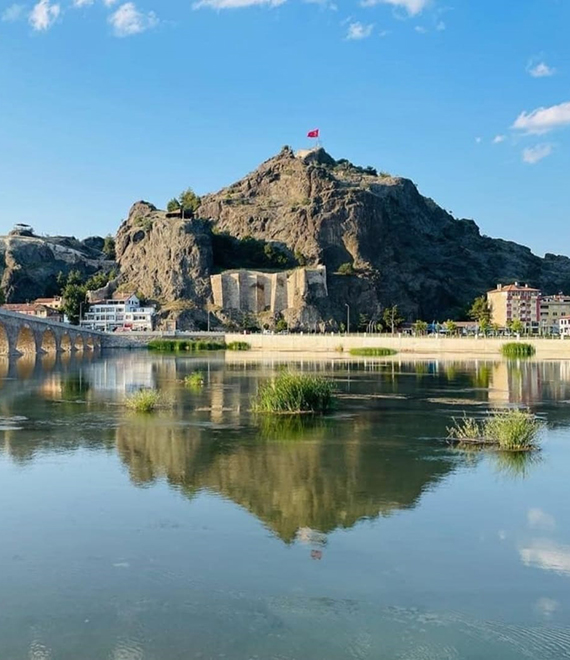Castles
Çorum Castles
The exact construction date of the castle, which was built on a low hill in the south of the city, overlooking the plain, is unknown. 17th century Evliya Çelebi, who came to Çorum in 1966, tells that the castle is a Seljuk structure built by Sultan Kılıç Arslan. The castle has a square plan. Smooth cut stone, rubble stone and reused stones from the Roman-Byzantine periods were used as building materials. There is a small mosque and residences inside the castle. The construction date of Çorum Castle is not certain. However, although it is written in some sources that it was built during the time of the Danishmendians or Seljuks, it was most likely built on a hill overlooking the region during the Byzantine period. Evliya Çelebi, who came to Çorum in the 16th century, said that the castle, located in the direction of the city's qibla, was built by Sultan Kılıçarslan, and also stated that there were several houses in the castle. W.F.Ainsworth came to Çorum in 1842 and stated that the castle was built with old materials and claimed that its walls were renewed at different times. He stated that after this, while the castle was being renovated, its old plan was preserved, and many ancient marble columns, Byzantine period tombstones, statues and inscriptions were also used as spolia on its walls.



